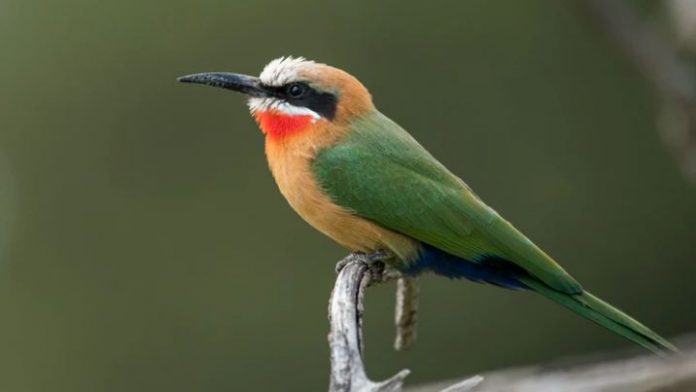Scaly face is a common condition in birds caused by a mite called Knemidocoptes. This scaly face condition is seen mostly in budgerigars and by knowing what symptoms to look for you will be able to provide treatment to your bird as soon as possible.
If the mites are not identified early the damage could be severe.
Knemidocoptes is a burrowing mite that can cause disfiguring changes of the beak, legs and feet of birds. The mite has a three-week life cycle and stays on the bird the whole time.
The mites burrow into the skin and feather follicles around the cere, feet, and face, and feed on keratin. As the mites burrow they leave characteristic honeycomb lesions. The mites are transmitted from bird to bird by close contact.
Although this mite most commonly affects budgerigars, many different species of birds are affected. This mite can affect all chickens, turkeys, finches, canaries, parakeets, and parrots.
Although the clinical signs of this mite can vary between species of birds, the basic lesions are the same.
Knemidocoptes occurs mostly in older or sick animals that have a weaker immune system. Lesions to look for include scaling, crusting, and grayish lesions on the skin around the beak, eyes, legs, and feet.
The mites burrow into the skin leaving large tunnels resulting in the characteristic honeycomb lesion.
In severe cases the beak will start to grow malformed and it might become hard for the bird to breath. Also, the legs and feet will also become malformed and the bird will become lame. Swollen nail beds and misshaped nails can also occur.
Both male and female budgerigars may be affected, but the disease is most commonly seen in fledglings and younger adults. The lesions usually appear over the course of months and the progression of the disease is slow.
Normally the first lesions to appear are at the corners of the beak. In most cases the condition is confined to the base and top of the beak. Normally the condition does not cause itching in the birds.
The fact that the condition does not cause itching is why the honeycomb lesions and the location of the lesions will help your veterinarian determine that this condition is the scaly face.
Your veterinarian will usually do a skin scraping of your bird to help confirm the diagnosis. Treatment usually consists of either one of two drugs, Ivermectin or Moxidectin.
Either of these drugs can be given to treat the mites, these drugs can be given in varying forms and doses, so consult your veterinarian before treatment.
By knowing what signs to look for in your budgerigars, you’ll be able to catch this condition in its early stages to hopefully prevent further disease.

